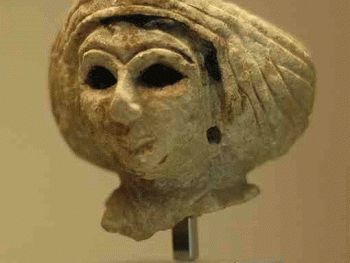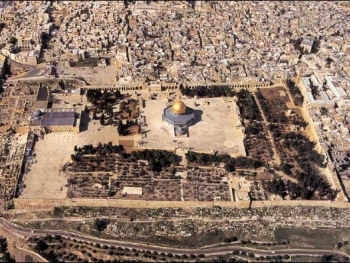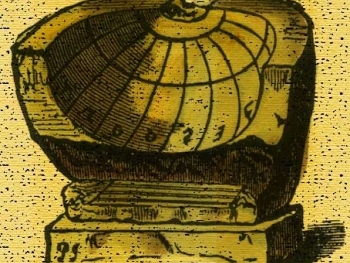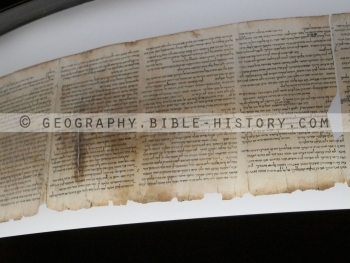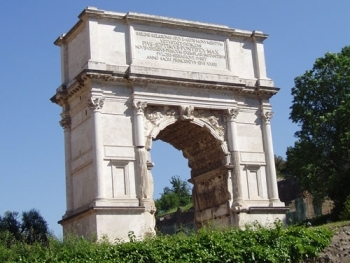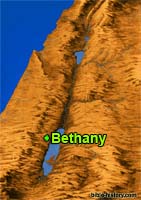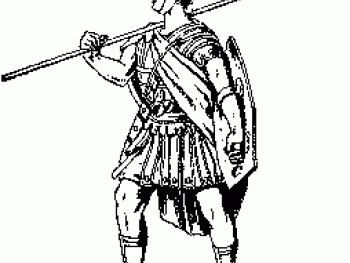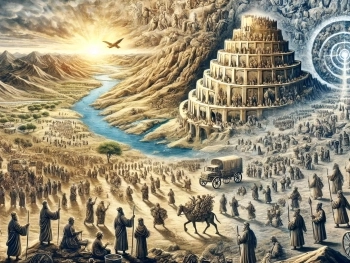The ancient Greeks and Romans left a lasting legacy in the field of medicine, with their innovative theories and treatments that shaped the foundations of Western medicine. Drawing upon a combination of empirical observations, philosophical insights, and practical techniques, the ancient Greeks and Romans developed remarkable approaches to medicine and the treatment of illnesses. Exploring their practices allows us to appreciate their contributions and glimpse into the ancient world of healing.
- Greek Medicine: The Hippocratic Tradition: The ancient Greeks, particularly the renowned Hippocrates and his followers, established the Hippocratic tradition of medicine. Central to their approach was the concept of humoral theory, which posited that health was dependent on the balance of four bodily humors: blood, phlegm, yellow bile, and black bile. Diagnosis and treatment focused on restoring this balance through lifestyle changes, diet, herbal remedies, and purging techniques.
- Rationality and Observation: Greek medicine emphasized rationality and observation as the foundations of medical practice. Physicians, known as "iatros," sought to understand the human body through careful examination and empirical evidence. They documented symptoms, observed disease progression, and recorded the effectiveness of various treatments. These observational methods laid the groundwork for evidence-based medicine.
- Surgical Advancements: The Greeks and Romans made significant advancements in surgical techniques. Greek physician Galen, heavily influenced by Hippocratic teachings, emphasized the importance of anatomical knowledge. He performed surgical procedures, including wound suturing and the removal of tumors. Roman physicians, such as Aulus Cornelius Celsus, further refined surgical practices, developing techniques for amputations, cataract surgery, and lithotomy (removal of bladder stones).
- Herbal Remedies and Pharmacology: Both the Greeks and Romans recognized the healing properties of herbs and plants. Greek physician Dioscorides compiled a comprehensive catalog of medicinal plants, known as De Materia Medica. The Romans expanded upon this knowledge, cultivating extensive gardens for medicinal herbs and developing techniques for extracting active compounds. Herbal remedies were prescribed for various ailments, and pharmacology played a crucial role in ancient medicine.
- Temple Healing and Divine Intervention: Religion and spirituality were intertwined with medicine in ancient Greece and Rome. Healing temples dedicated to gods like Asclepius, the Greek god of medicine, became centers of medical treatment. The sick sought solace and healing through rituals, purification, and prayers. Temples often housed sacred serpents, symbolizing rejuvenation and healing.
- Public Health and Hygiene: The Greeks and Romans understood the importance of public health and hygiene. Ancient Greek physician Hippocrates emphasized the significance of clean water, proper sanitation, and healthy living conditions for preventing disease. The Romans constructed aqueducts to supply clean water, built public baths, and promoted public health regulations.
The medical practices of the ancient Greeks and Romans provide a fascinating glimpse into their understanding of the human body and their approaches to healing. From the Hippocratic tradition and humoral theory to surgical advancements and herbal remedies, their contributions laid the groundwork for modern medicine. The emphasis on observation, rationality, and public health underscores their progressive thinking. Exploring the practices of ancient Greek and Roman medicine allows us to appreciate the enduring legacy of their contributions and the remarkable advancements that continue to shape medical science today.
